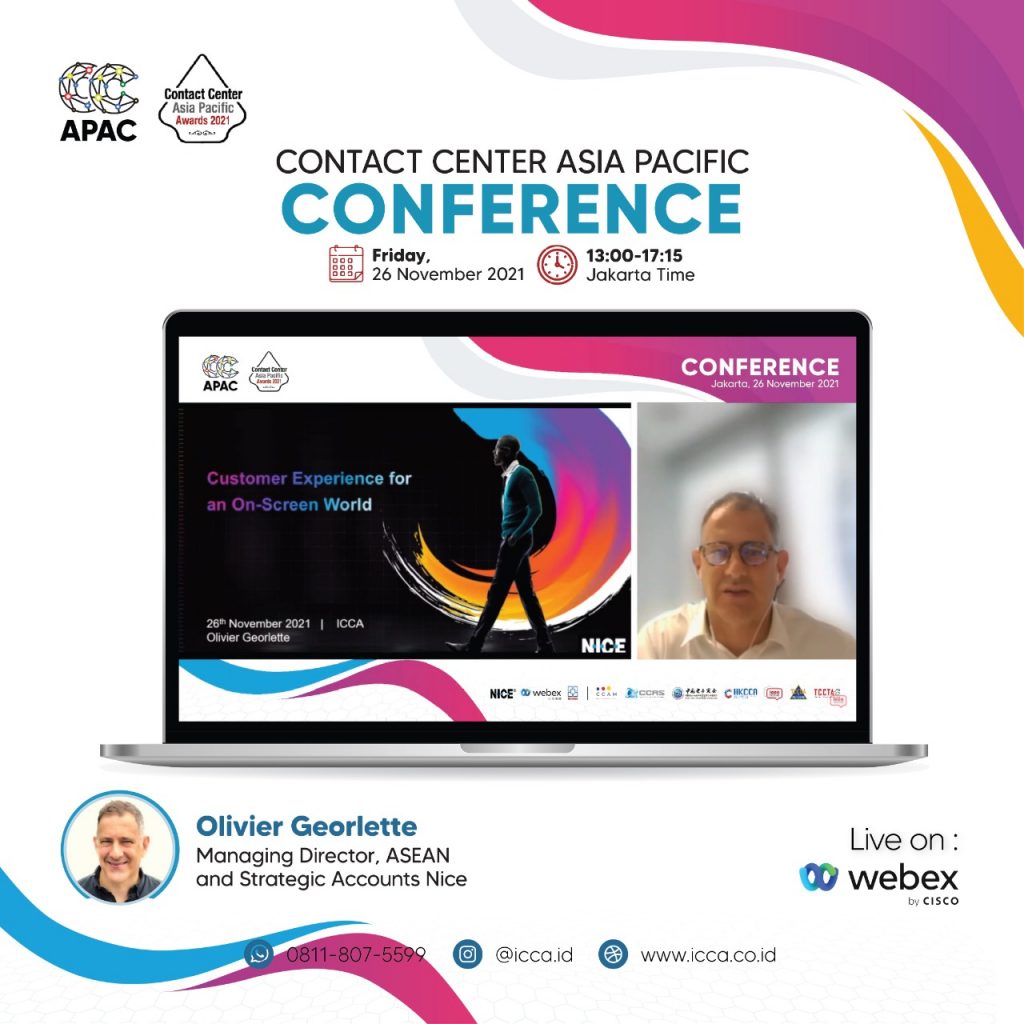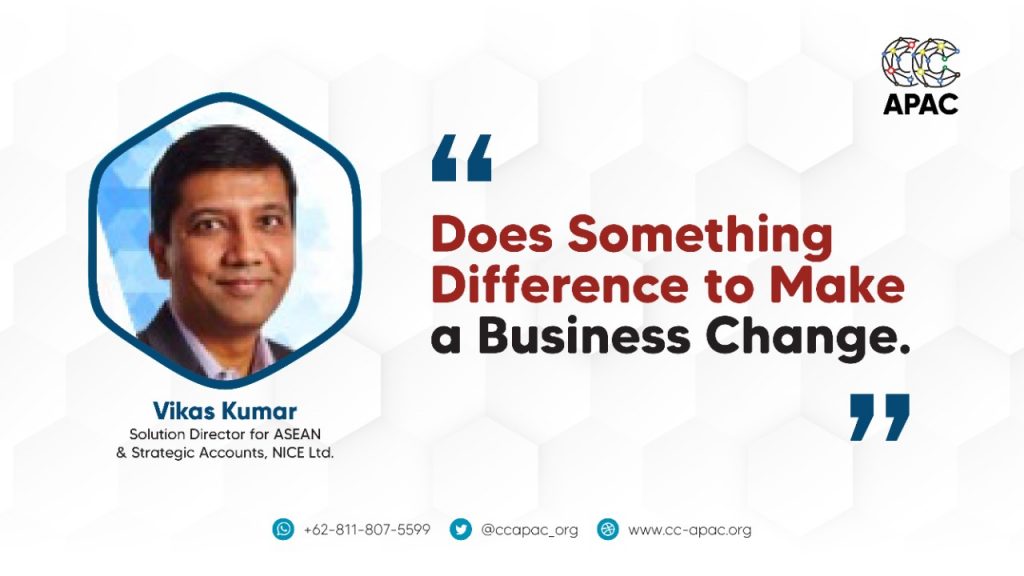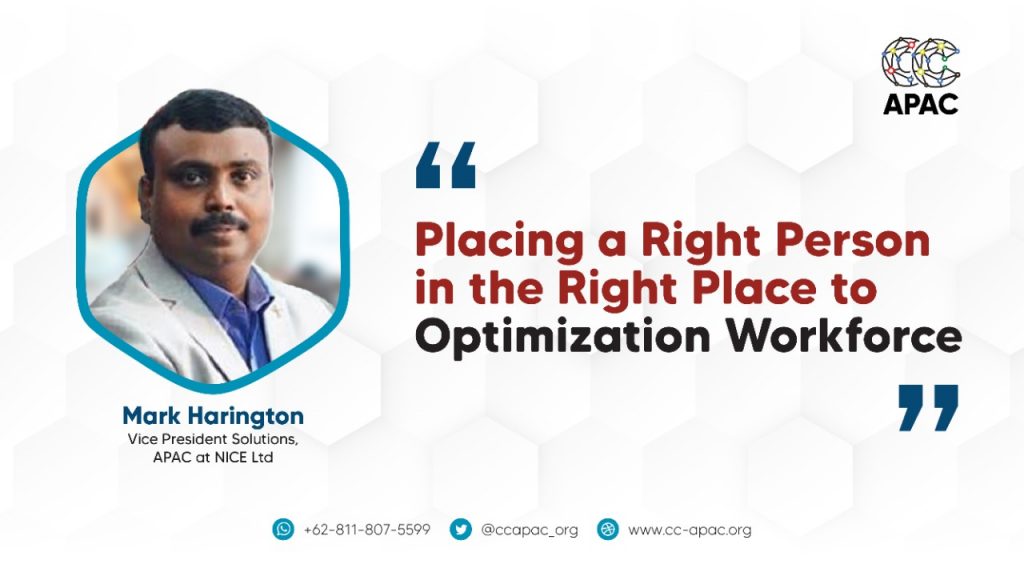
November 26, 2021 – Before heading to the summit of the CC-APAC Awards 2021, the Contact Center Associations of Asia Pacific (CC-APAC) held a CC-APAC Conference with the theme, “Asia Pacific Best Practices and Case Studies of Contact Center Innovation.” We invited two speakers who are professionals in the Asia Pacific contact center industry.
One of the speakers is Olivier Georlette, a Managing Director, ASEAN, and Strategic Accounts NICE. One of the speakers is Olivier Georgette, a Managing Director, ASEAN, and Strategic Accounts NICE. Olivier said now people are beginning the journey looking for information on how to self-serve or how to address what they need on the website or the mobile app.
But it can be created many challenges for us. One of them is most of the information that people received is not coming from our official website rather it comes from another competitor that has the same industry. Then, what should we do to make information that people or our customers looking for is coming from our website?
Olivier said the first one is we should utilize knowledge projection. He said that knowledge projection is very important. The knowledge projection can help basically to put what the customer looking for on top of the search. We also can provide content that will help the customer easily resolve their wish.
With the knowledge projection, we help drive our content and start the search for the customer. And also, we can ensure the company optimizes the culture, audience, or web search then, our content that customers looking for can appear first in the google search.
Olivier explains this is a significant improvement that can help because when it is the first touchpoint when people start their journey with Google. That can help them go to our website to get the right information with those digital entry points.
Then, Olivier said the second point is the predictive intent. Using the traditional service approach start with the journey initiated by the customer, we can understand the customer history, such as where they come from, and also their characteristic. With that, Olivier said we can reach the customer and can predict what they want before they tell us.
The last point is guided conversation. Olivier said that it can be like automation or robotic. He said when people start their initial journey, entry point, and when they go through our company website, sometimes the steps to complete the process can be very confusing.
Therefore, we can guide customers on our website to a successful resolution. “If you have the right guidance on your website or your application, it can help to ensure that the success rate is higher and less friction. Customer will achieve on the website most easily,” explained Olivier.
Olivier said that we also can provide this guidance will pop up some messages. It can make customer life easier, increase sales, and increase subscriptions. Then, these are three key things that can be a smart start in the journey of the customer. Have the customers be able to achieve their wish or achieve a resolution by self-service using these three technologies. (ANF)



